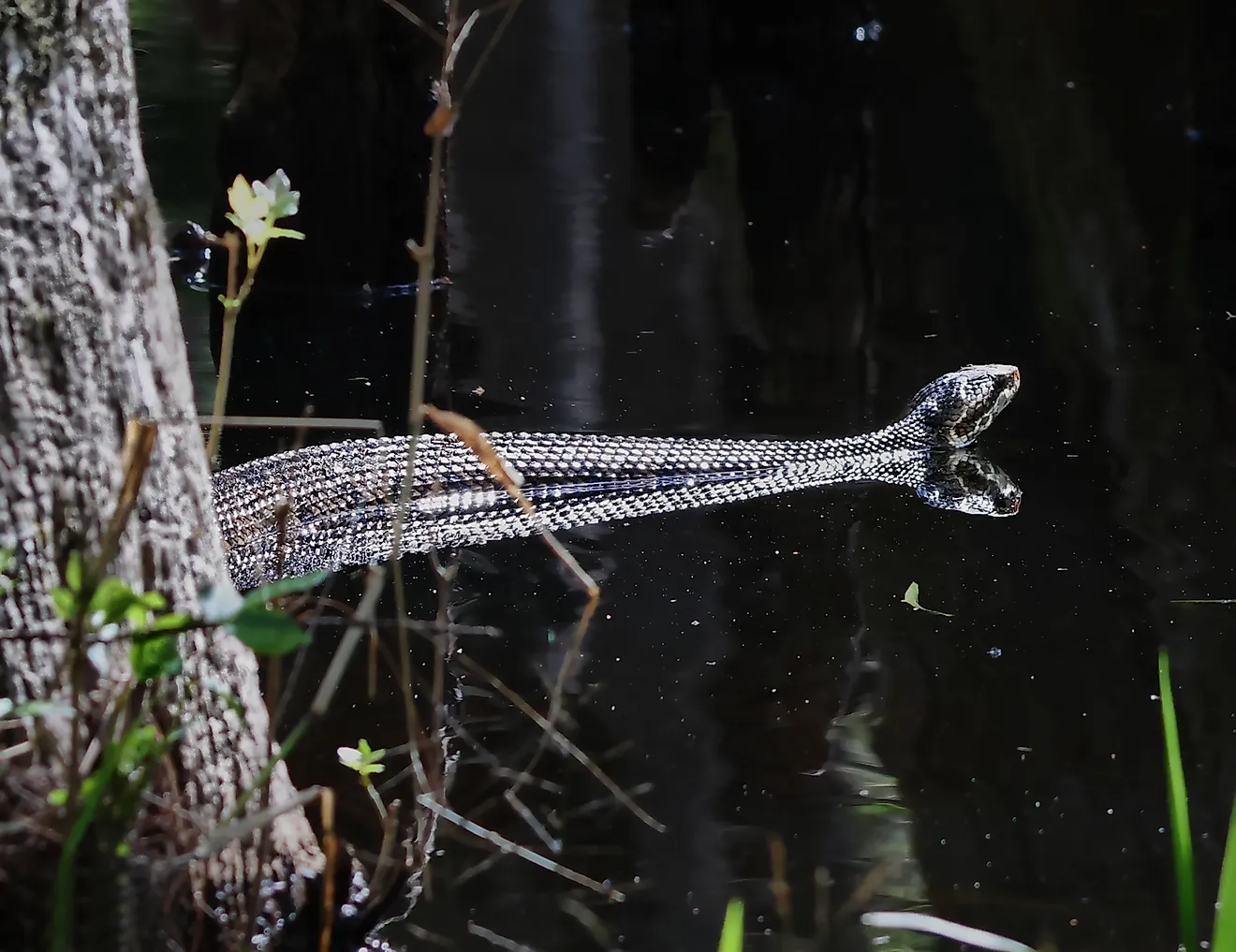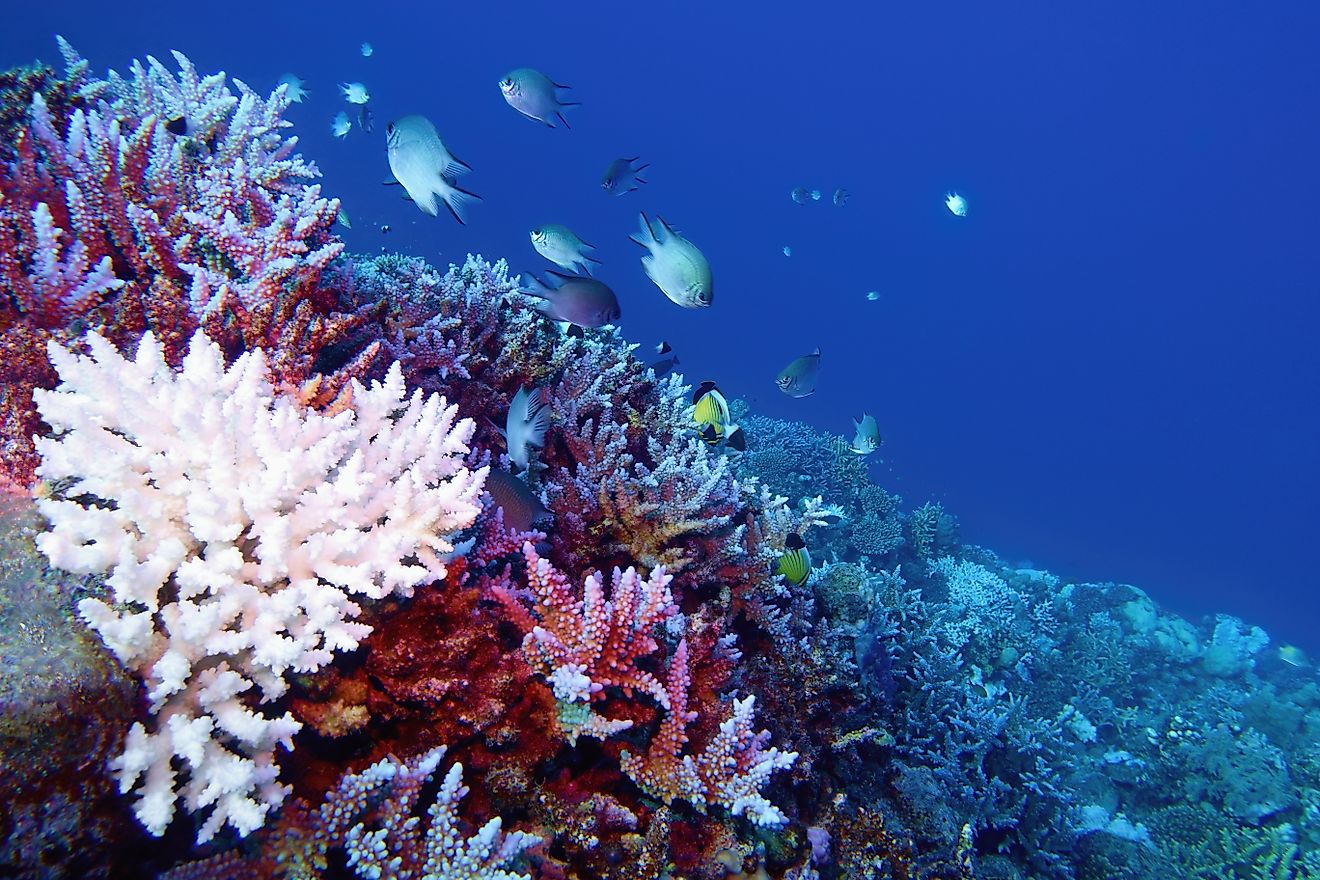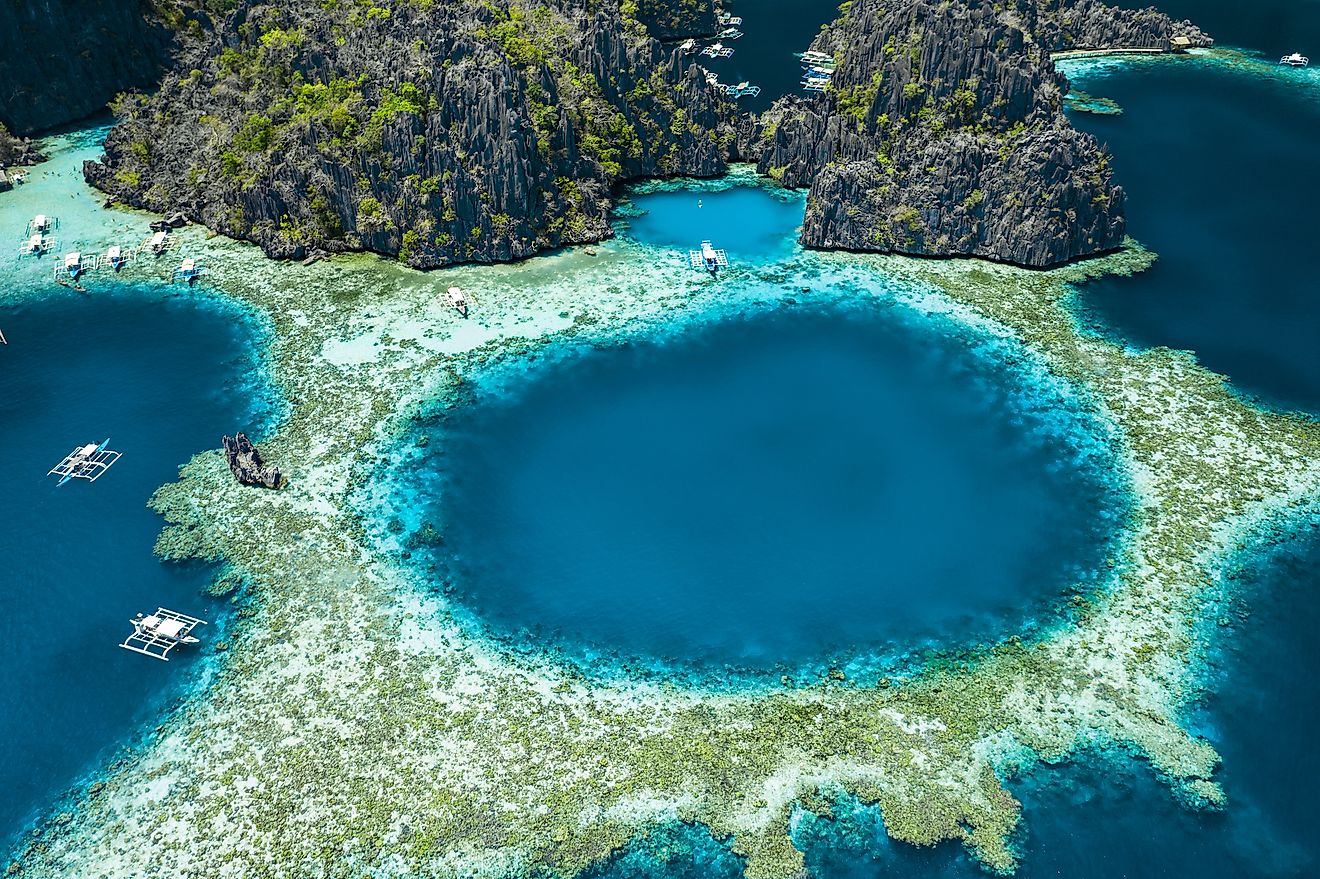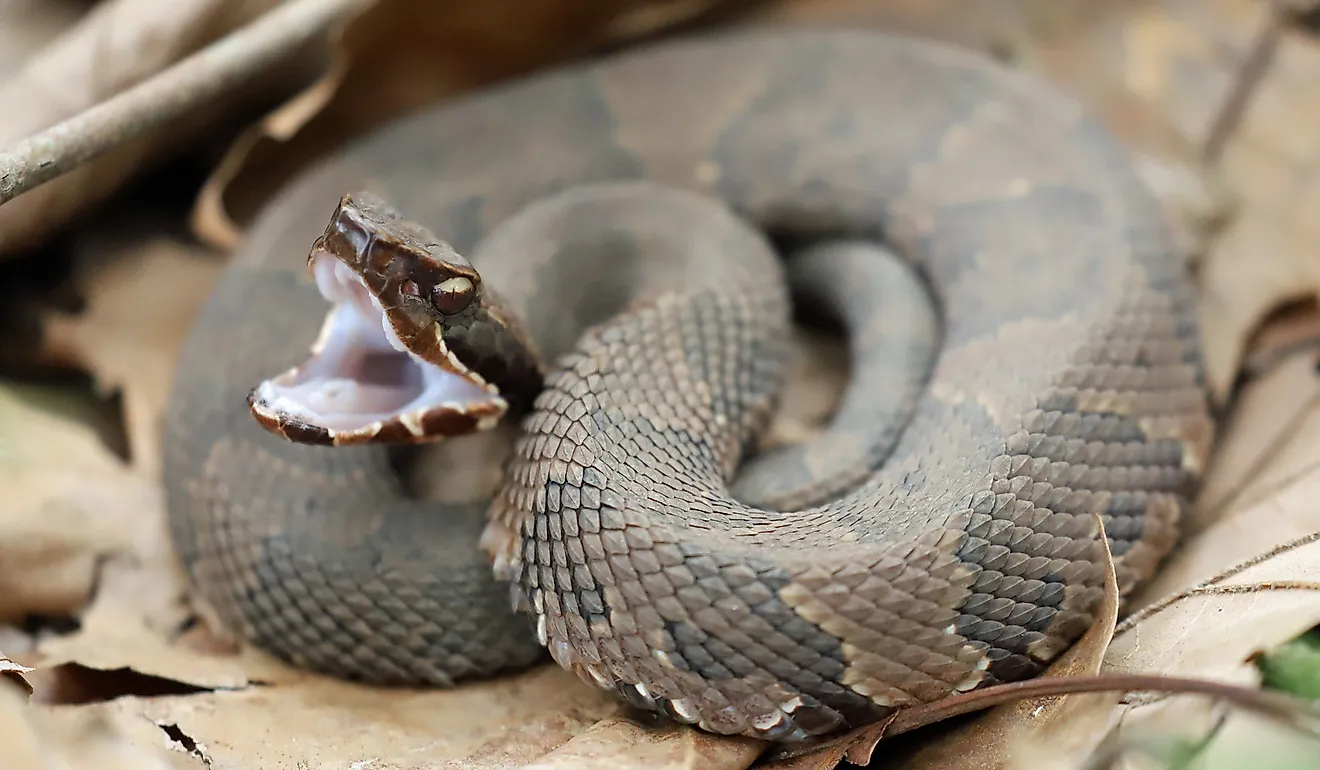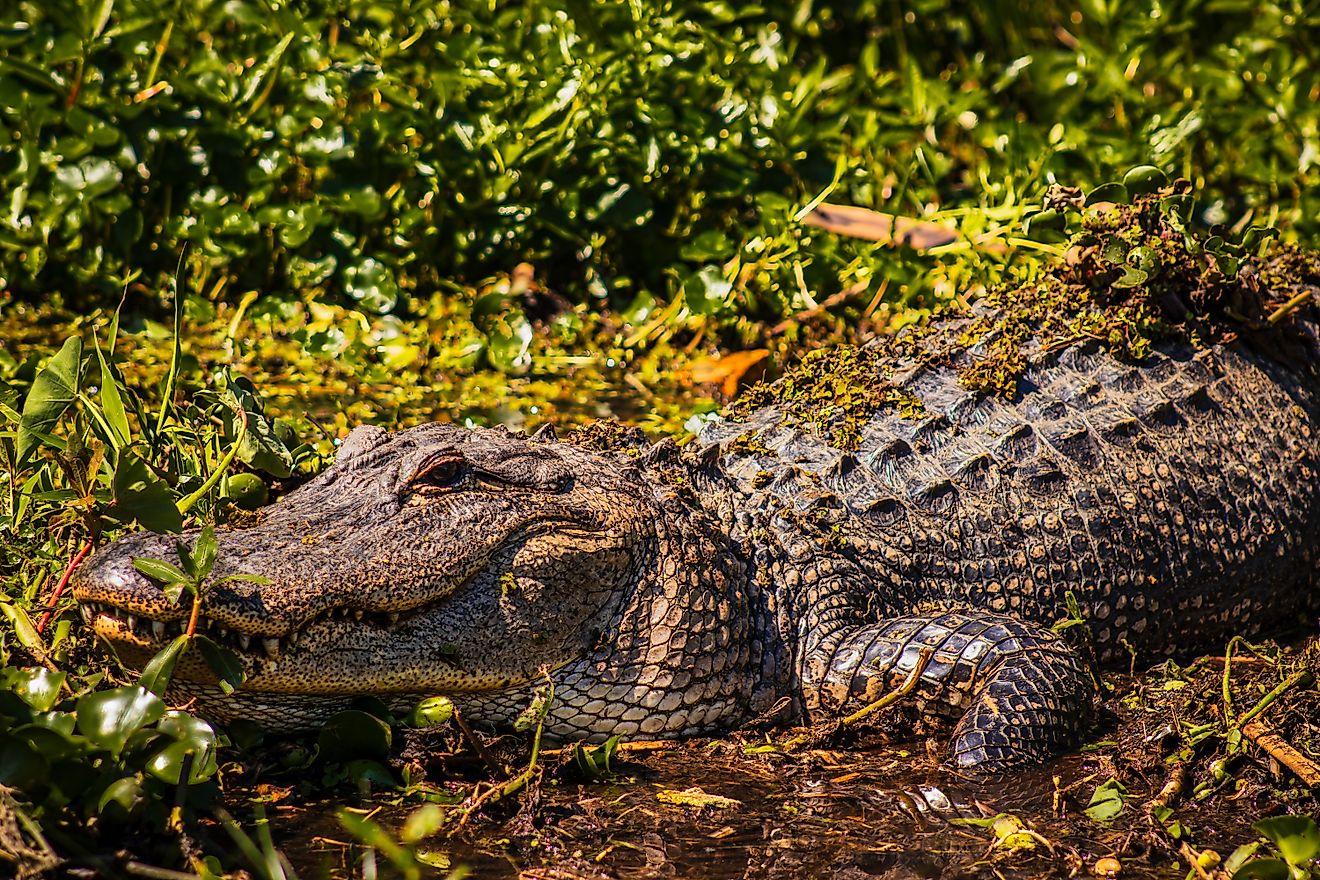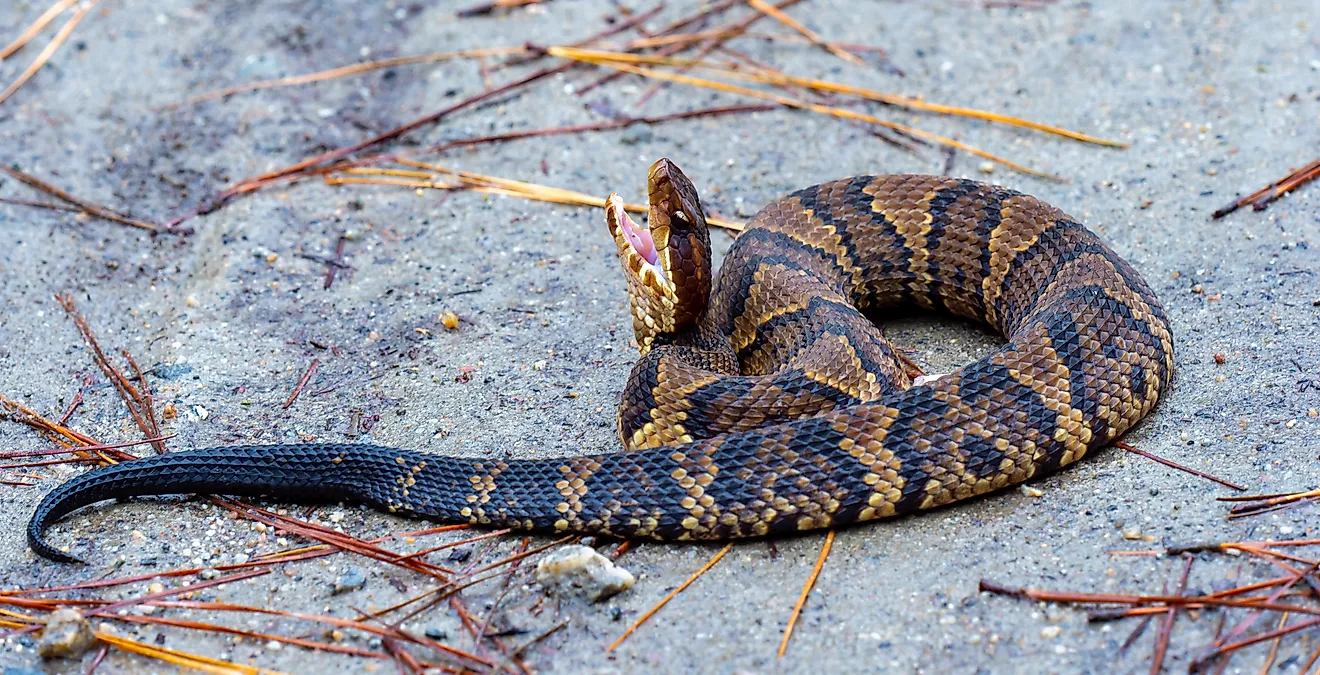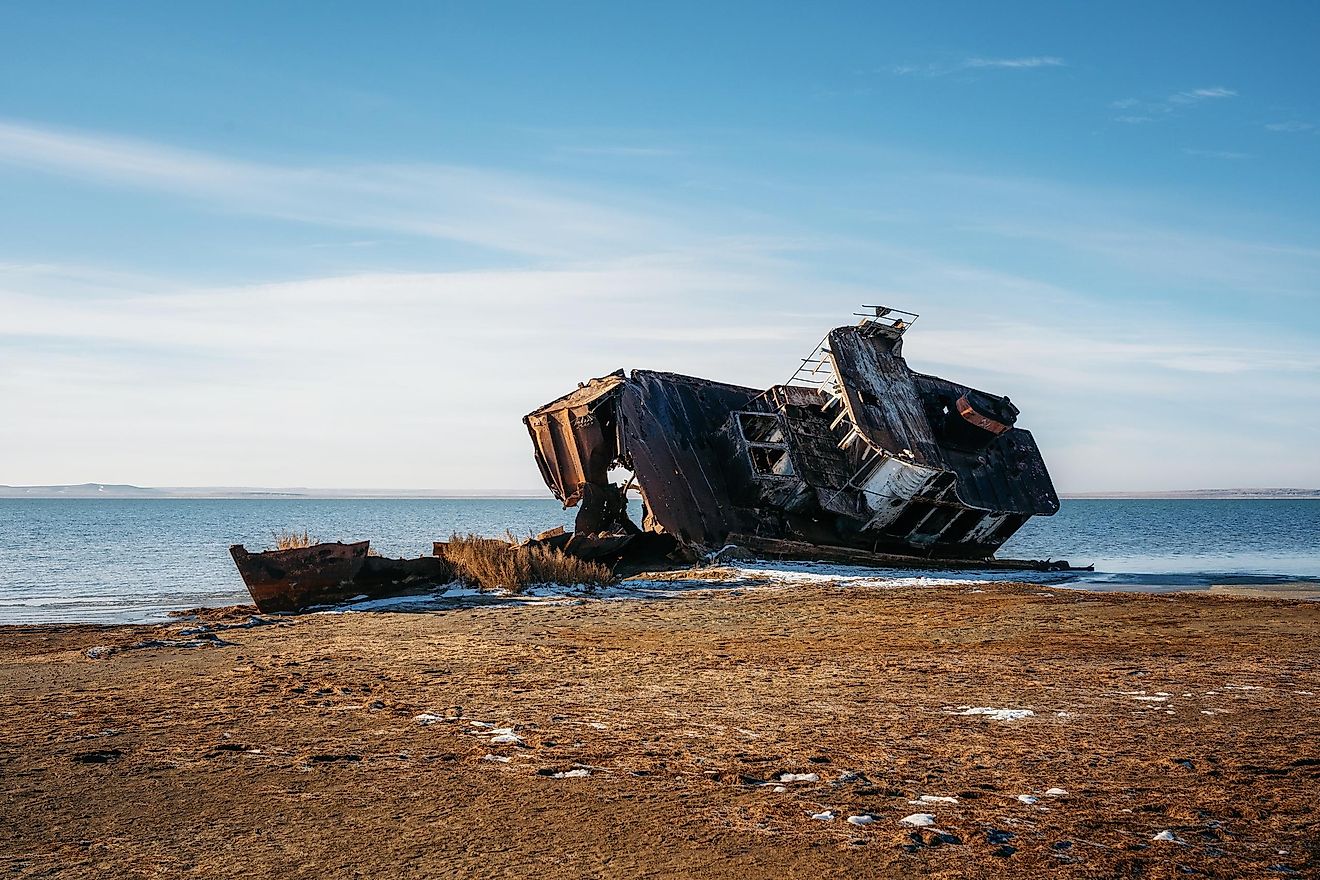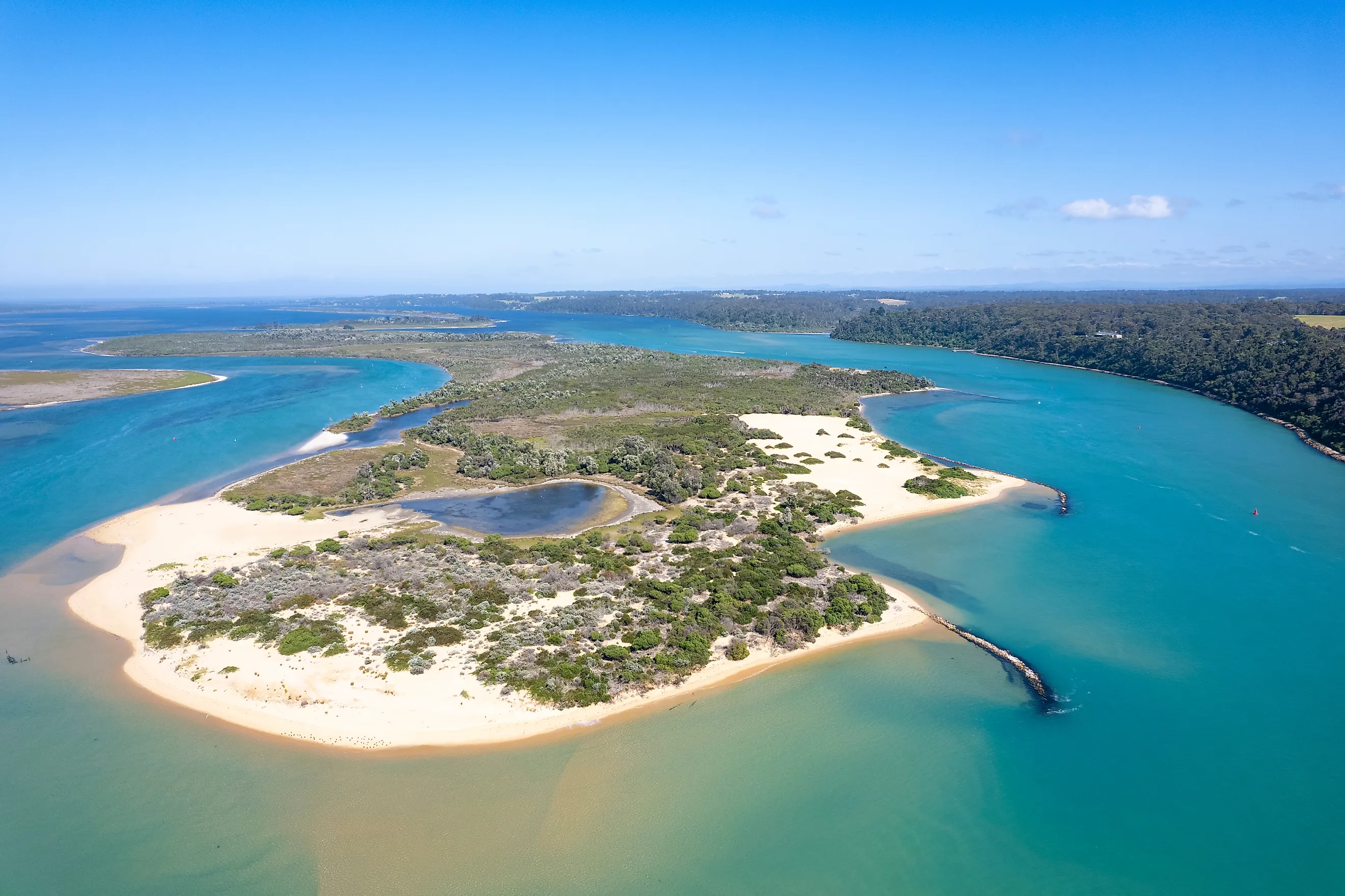
6 Most Snake-Filled Bodies Of Water In Victoria
Down on the southeastern tip of Australia, the state of Victoria is one of the continent’s most-visited destinations. Around 115 million people visited last year, drawn by its beautiful climate, vibrant cities, and stunning coastal landscapes. If you’re planning a Victoria trip, it helps to know a little about the local wildlife, especially if you’ll be hanging out in their habitat.
There are 27 snake species found in Victoria, many of which live in or around aquatic environments such as rivers, lakes, wetlands, and swamps. Learning how to identify the reptiles and knowing their behaviours can help reduce your risk of a negative encounter with Victoria’s snakes, some of which are venomous and can deliver a nasty bite. Read on to discover more so you can be snake smart on your next Australian adventure.
Lake Bellfield

Located in Grampians National Park, Lake Bellfield is a man-made reservoir surrounded by some of Victoria’s most stunning scenery. Walking trails around the lake wind through wildflower meadows, across rugged peaks, and by cascading waterfalls. The lake itself is popular with boaters, swimmers, and anglers.
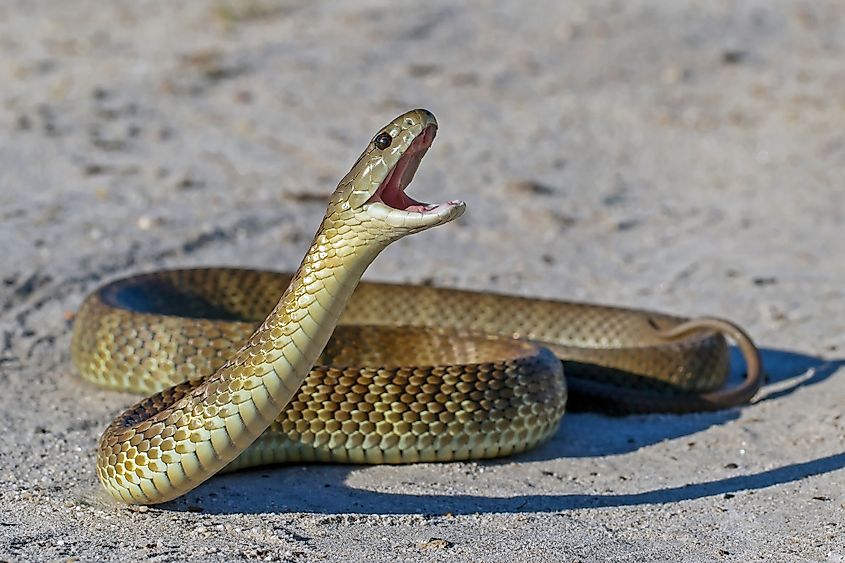
But locals and visitors aren’t the only ones enjoying the lake. This area is also home to many different snake species, including copperheads, eastern tiger snakes, red-bellied black snakes, and eastern brown snakes. All of these are venomous, but sightings are rare since snakes tend to avoid humans where possible. If you’re exploring the lake and park, stay on marked trails, watch where you are placing your feet, and be particularly cautious during the spring or summer months (between September and April in Australia), as this is when snakes emerge from hibernation and are most active.
Yarra River
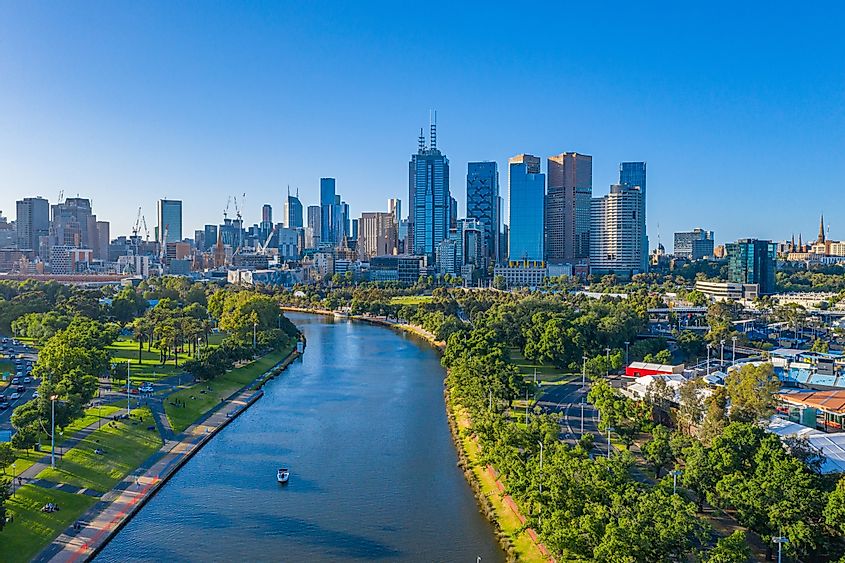
The Yarra River flows south from Mt Baw Baw in Yarra Ranges National Park, through Melbourne, and onward into Port Philip Bay. Along its 242 km (150 mi) journey, the river passes through many diverse habitats and provides plenty of opportunities for fishing, boating, paddling, and picnicking.
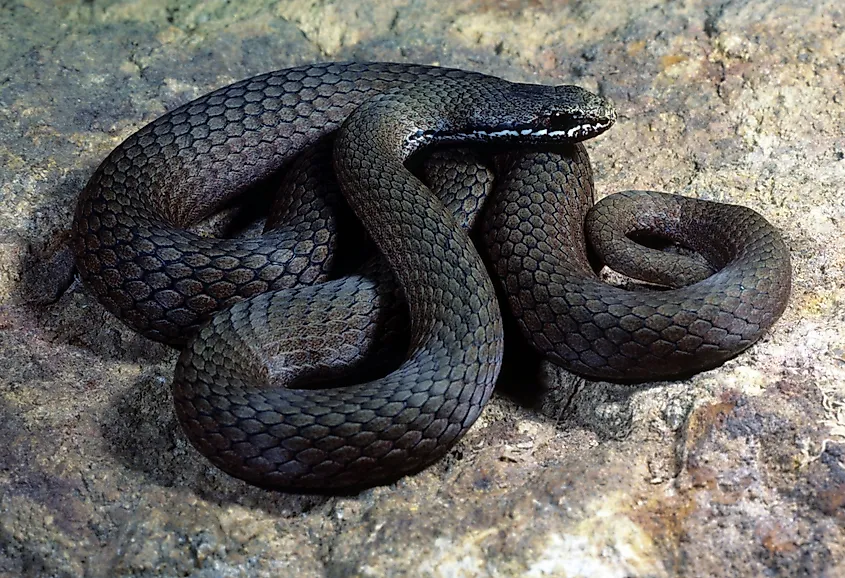
Some of the most common snakes found along the Yarra River include copperheads, tiger snakes, and white-lipped snakes. The latter are small snakes that feed on frogs. Although they are venomous, their venom is not very potent, and they are not considered a danger to humans. They get their unusual name from the thin line of white-colored scales on their top lip. White-lipped snakes are found around water and in grassy areas, and they like to roost and hide in logs, rocks, and other natural debris.
Gippsland Lakes

Lying alongside the southern coast of Victoria, the Gippsland Lakes are a series of connected waterways separated from the ocean by coastal dunes. They span hundreds of kilometers of lakes, marshes, lagoons, and recreation areas, including Gippsland Lakes Coastal Park and Lakes National Park.
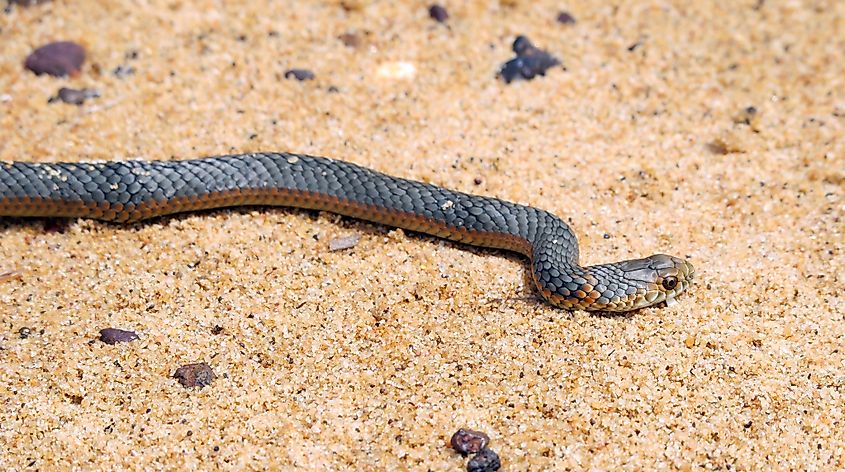
The aquatic habitats of Gippsland Lakes are a pristine paradise for several snake species. They include the highly venomous copperheads, tiger snakes, and eastern brown snakes. Lowlands copperheads are present in this area and can be easily identified by their bellies, which are typically paler than the rest of their body. Their preferred habitats are swamps and marshes where they feed on lizards, frogs, and other snakes. The eastern brown snake is tougher to identify as it has no particular markings. They are typically found in wet, forested areas and like to burrow in hollow logs.
Cardinia Reservoir
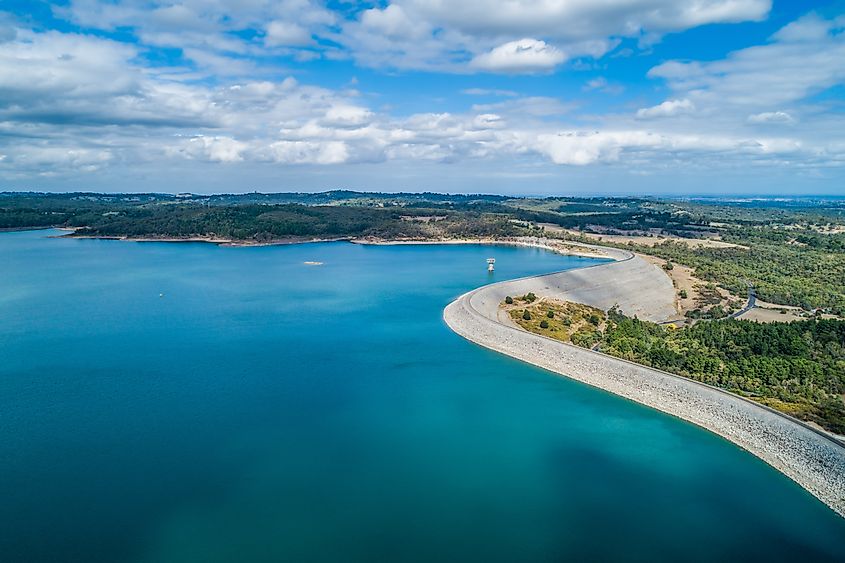
The Cardinia Reservoir, just east of Melbourne, is the city’s second-largest reservoir and is the centrepiece of Cardinia Reservoir Park. The area is well-known for its wildlife and has several eastern grey kangaroos, along with eagles and wallabies. The Tea Tree Trail is a nature walk that runs through bushland to several scenic overlooks. If you’re walking the trail, watch your step. This area is home to copperheads, eastern brown snakes, and tiger snakes.
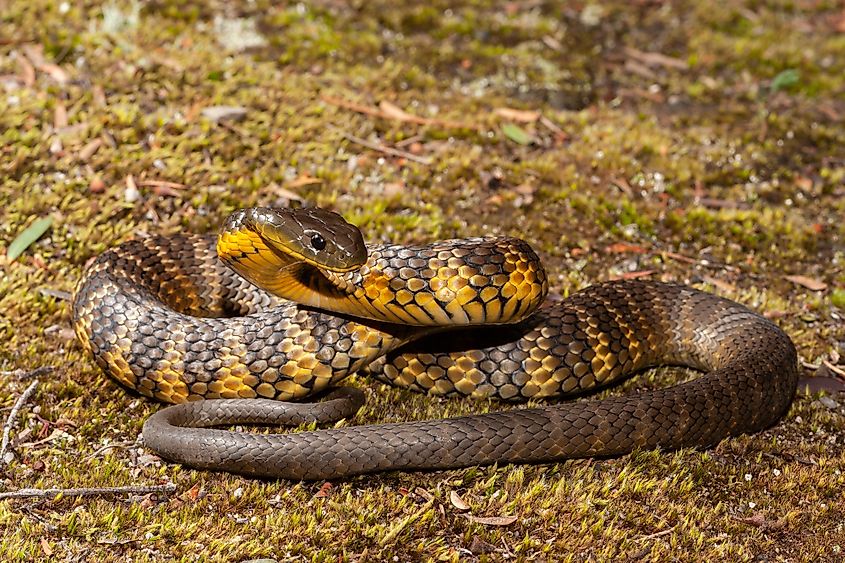
Tiger snakes are one of Victoria’s deadliest snakes. They are highly venomous and will often strike if threatened. Don’t be fooled by their name; while most tiger snakes do have tiger-like stripes, not all of them carry those markings. They are thick, dark-colored snakes with a light underbelly. Their preferred habitats are areas around water, such as creeks, rivers, and swamps. They can swim, but are generally found in grassy areas near water sources.
Lake Hindmarsh

Lake Hindmarsh is technically the largest natural freshwater lake in Victoria and is protected by the Lake Hindmarsh Reserve; however, the lake is ephemeral, meaning it doesn’t always hold water, and it is fed by the Wimmera River, which frequently struggles to maintain levels in the lake. Remote and rustic, Hindmarsh is an area of significant ecological importance and supports a diversity of wildlife, including kangaroos, emus, and pelicans.

Common snakes you can expect to find in this area include copperheads, tiger snakes, eastern brown snakes, and s. The latter are venomous snakes with an eye-catching crimson belly whose preferred habitats are lakes, streams, swamps, and other wetlands. They are good swimmers and active during the day, but not particularly aggressive. When threatened, they will try to escape, but if cornered, will flatten themselves to the ground and hiss defensively.
Murray River
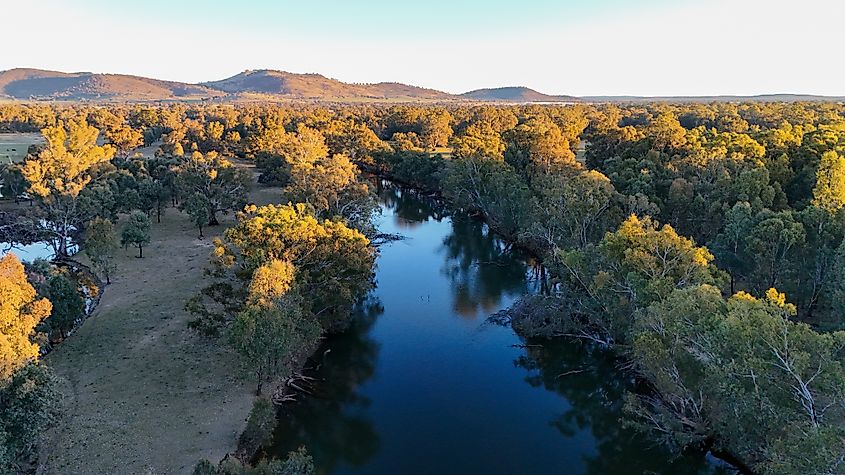
Australia’s longest river, the Murray River, runs along the border between Victoria and New South Wales. An iconic waterway, the river is an aquatic playground of great cultural, ecological, and recreational importance. It drains into the Murray-Darling Basin, which is home to 46 snake species.

The most common snakes in the Murray River area are tiger snakes, eastern brown snakes, and red-bellied black snakes. Another, less common, resident is one of Victoria’s most endangered snakes, the carpet python. This thick-bodied snake is non-venomous and has distinctive grey and black patches along its back. The python’s preferred habitat is woodlands along major waterways and freshwater swamps. It’s mainly nocturnal and feeds on small animals and birds.
Snake Smart
Residents of Victoria know how to be snake smart. Living side by side with some of the world’s most venomous snakes isn’t always easy, but taking precautions can help protect you when enjoying Australia’s beautiful outdoors. Be especially vigilant when walking through long grass and consider wearing boots and long trousers so you don’t have any areas of exposed skin. Keep a close eye on children and pets and be mindful of areas where snakes like to hide, such as in hollow logs and rocky crevices, and under leaves.
If you do see a snake, stay calm and leave it alone. In Victoria, snakes are native animals and are protected under the Wildlife Act 1975, meaning you cannot harm or kill them. The best thing to do is to simply give them space and move away. If you’re bitten, keep still, apply pressure, and seek medical attention as soon as possible.
Victoria is a holidaymaker’s dream, packed with outdoor adventure, iconic sights, vibrant urban experiences, and rich cultural heritage. Don’t let snakes get in the way of a good vacation; be prepared and be snake smart.



